نبذة مختصرة : The brotherhoods of Nossa Senhora do Rosário dos Homens Pretos flourished in Brazil during the slavery period. They were of great interest for African people and their descendants. In spite of being characterized by the imposition of Catholic cults, these lay-led associations revealed as a means for group socialization and identity construction. In this way, such brotherhoods became a space through which black people could produce an alternative form of existence in the world. While at times they were led to accept the religion of their slavery masters, at times they embodied cultural symbols which connected them to the societies from which they had been removed. This ambiguity is perhaps one of the most visible features of this type of brotherhoods. I explore these issues in my study about the brotherhood of Nossa Senhora do Rosário dos Homens Pretos, which was established by slaves of Angolan origin in Quixeramobim, in the back-lands of Ceará, Brazil, around the year of 1755. Throughout the period of two centuries, the idea of Angolan origin has not been claimed as a central idea in the foundation and continuity of this brotherhood. Yet, it emerges in the notion of group of origin. While doing an ethnographic description of the processes involved in the making of this brotherhood, here I also introduce the concept of identity. Through my dialog with the descendants of the old members of this association I attempt to recuperate the memory of its main form of sociability: the feast of Nossa Senhora do Rosário. ; Les fraternités ou les confréries de Notre Dame du Rosaire des Hommes Noirs sont apparues au Brésil au cours de la période de l'esclavage, en manifestant un grand intérêt pour les Africains, libres et captifs, et leurs descendants. Malgré l'imposition du culte catholique qui les caractérisait, ces associations laïques n'ont pas cessé d'être un vecteur de création de sociabilités et de construction d'identités. Il serait ainsi possible de prétendre que les noirs ont élaboré, à partir des confréries les ...
 Processing Request
Processing Request
 Processing Request
Processing Request


No Comments.